Crops
-
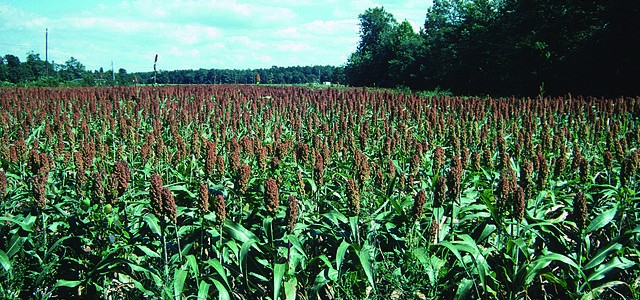
Allison Floyd wrote an interesting story in Growing Georgia this week about research underway at the University of Georgia to find a more drought-resistant strain of sorghum, which already does well in dry conditions. She reports: “When University of Georgia plant geneticist Andrew Paterson started to look for lines of sorghum that might survive in…
-
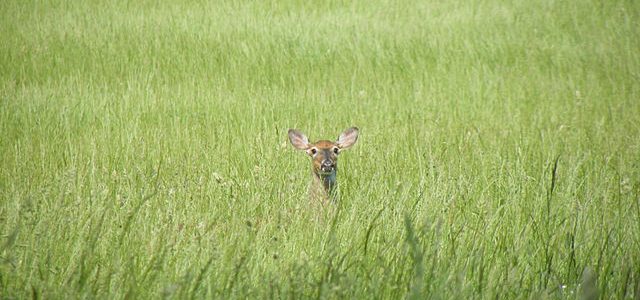
Some folks plant food plots to bring in deer for hunting or watching. With this year’s drought, planting is behind schedule. But Mark Mauldin from the Panhandle Ag e-News say that there is no point in planting these plots until some rain occurs. Otherwise the seeds won’t germinate and the plots will not survive, wasting…
-
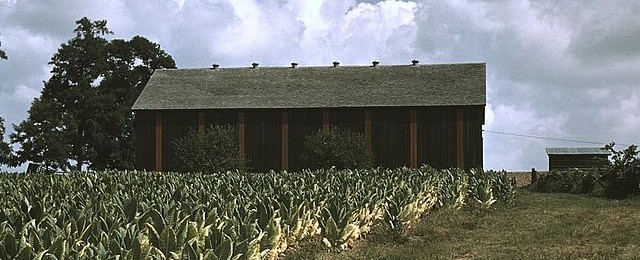
While I talk more about peanuts, cotton, corn and soybeans in this blog, there are many other crops in the Southeast that are affected by weather and climate. The Southeast Farm Press published a story this week about the problems that Virginia tobacco growers have had with the weather conditions this year. The problems began…
-
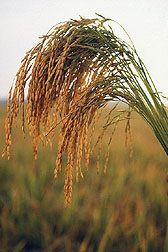
The Panhandle Ag e-News from Florida had an interesting article about the production of rice in Florida, which is increasing although it is still a small crop. According to the article, rice has been grown in southern Florida for the lat 60 years, but is now being grown as a cover crop in rotation with…
-
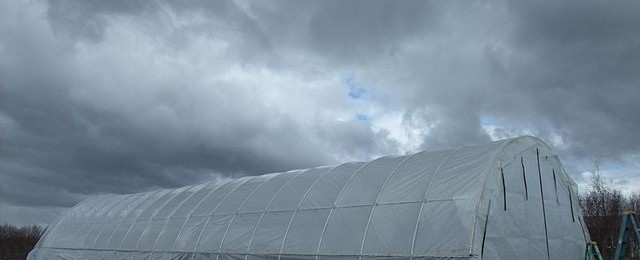
You might not think it is possible to farm north of the Arctic Circle, where cold is normal and the sun is below the horizon for months at a time. But local folk are using creative strategies and advanced technology to produce local food in areas that were never used for food production before. You…
-

Matt Daniel of WMAZ in Macon tweeted this story by Claire Davis about how the drought in central Georgia is affecting Christmas tree growers. You can find it at https://twitter.com/rclairedavis/status/794221788406448128.
-

I love to eat, and so I am always looking for stories on food in the Southeast. This morning the New York Times posted an article about a new specialty oil that is taking the culinary world by storm–green peanut oil. It was developed here in Pitts, Georgia, and is now starting to be recognized…